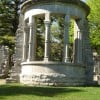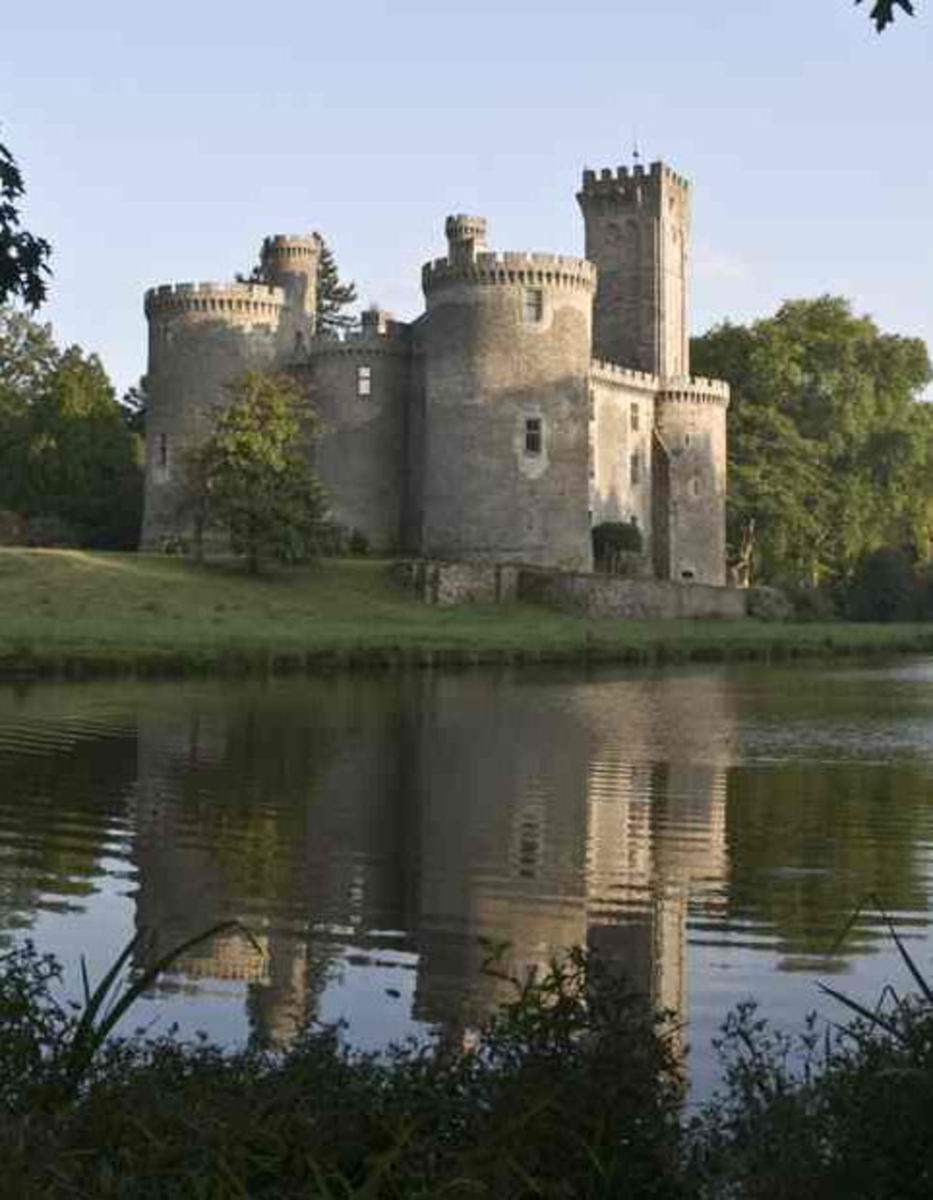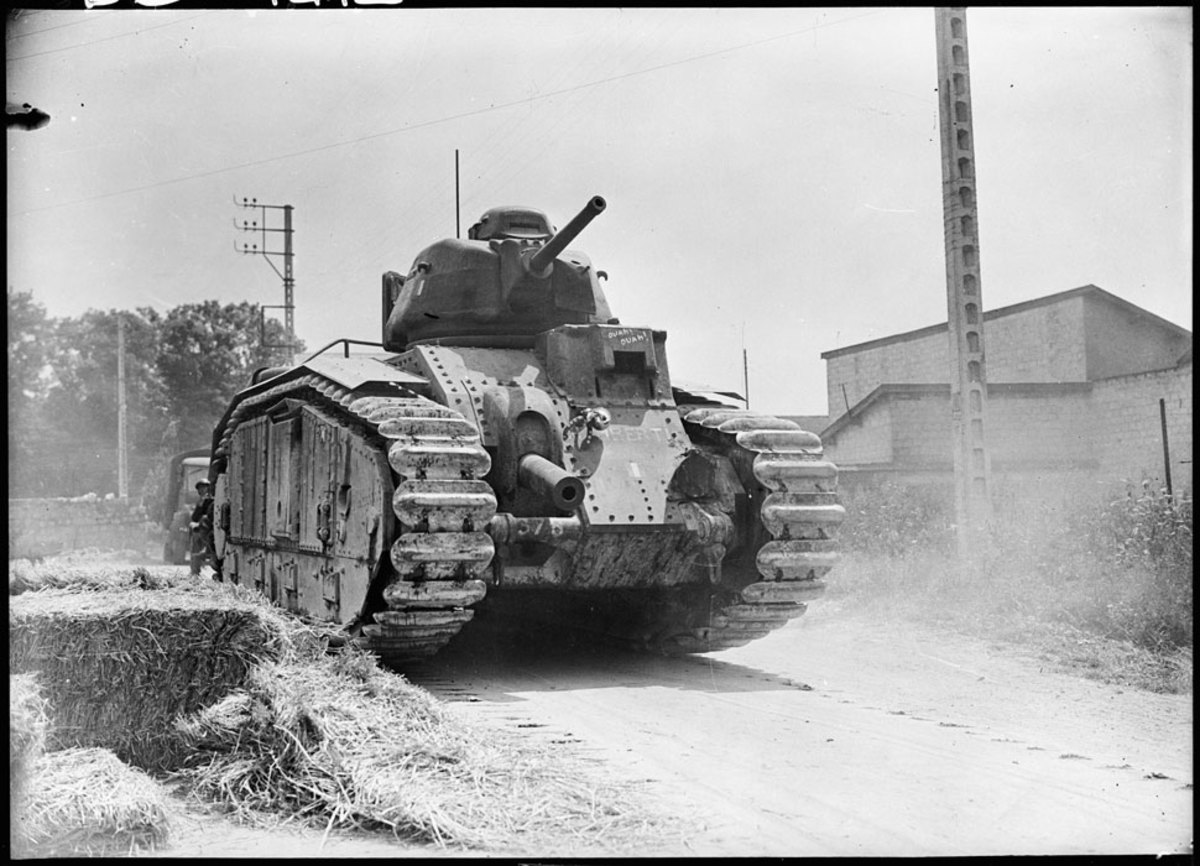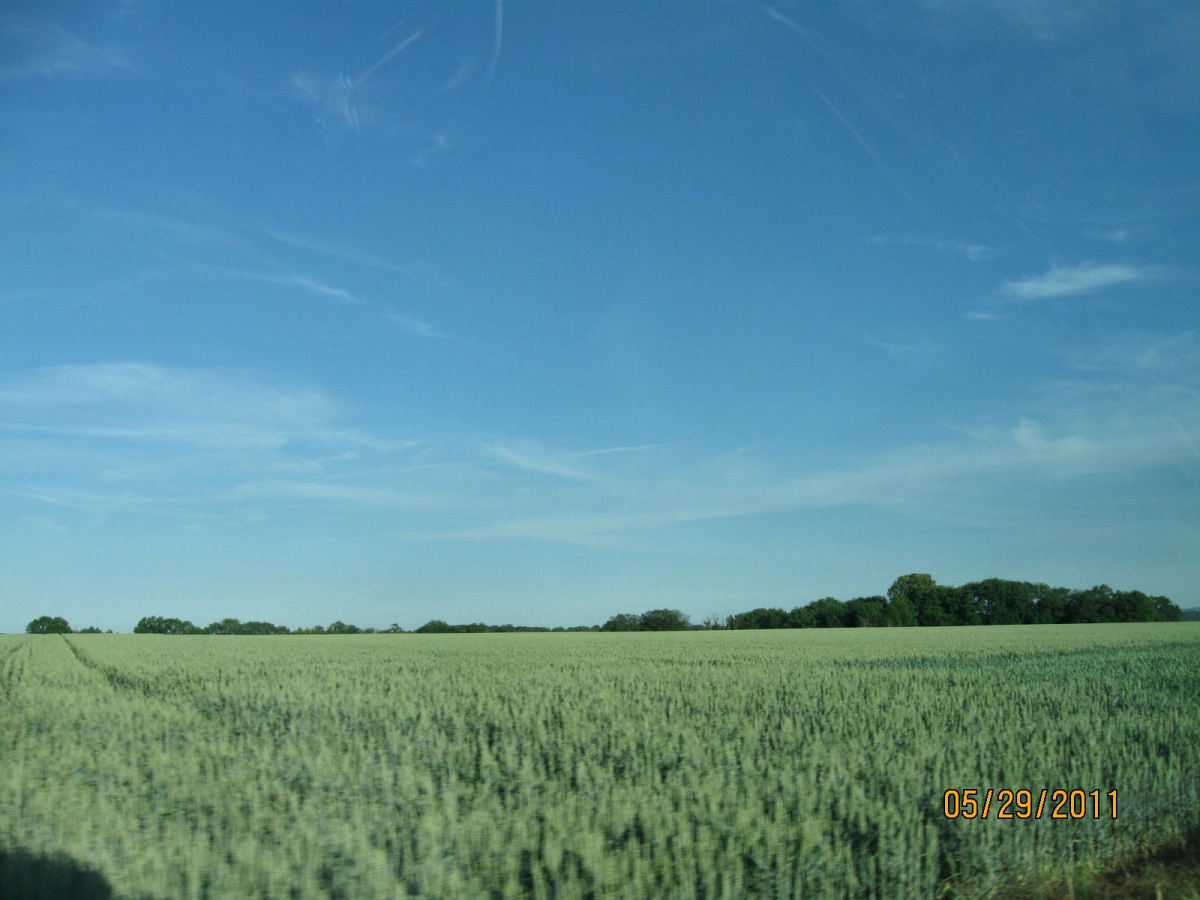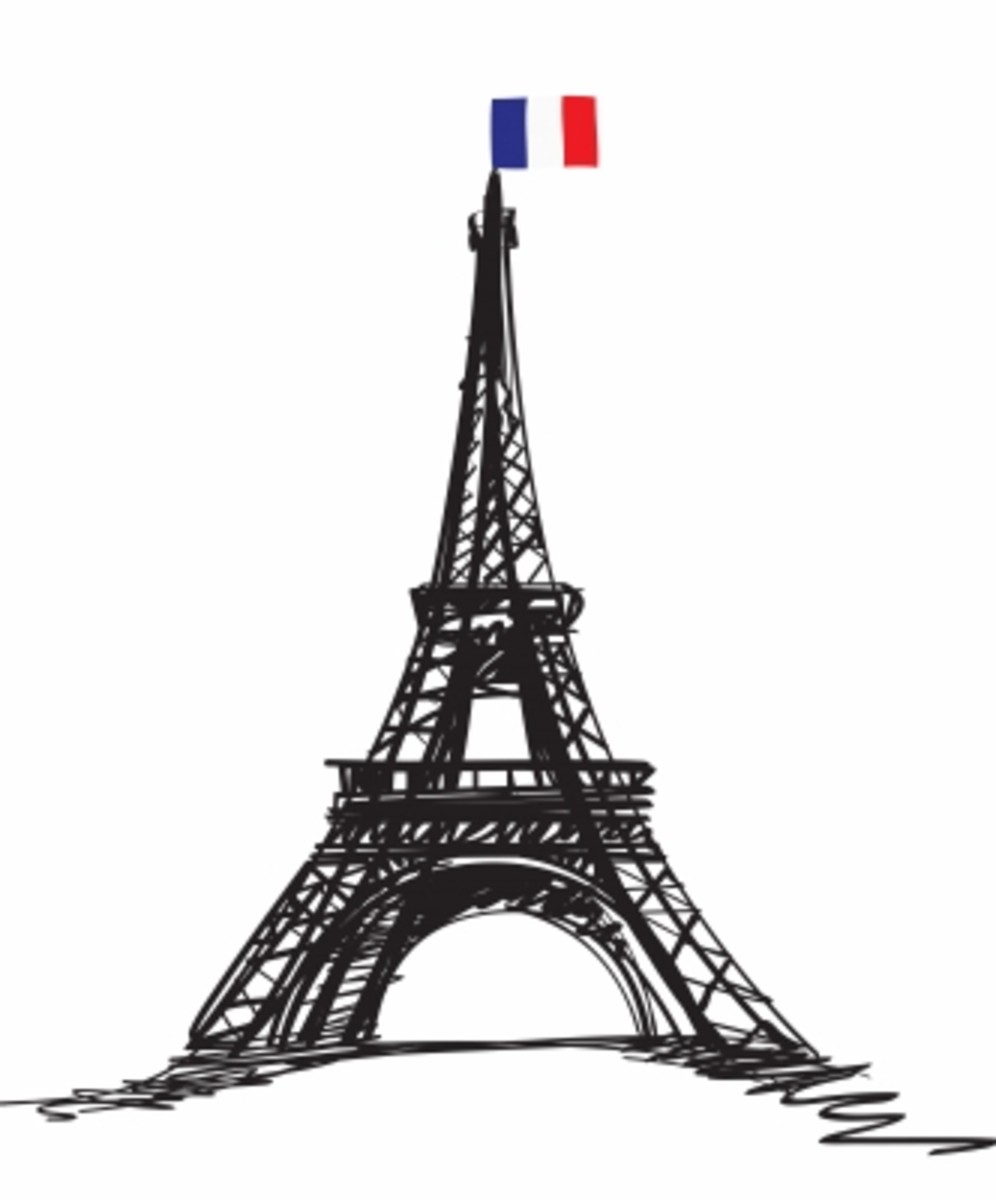Visiting Metz, France and Its Monumental Railroad Station: Memories of Imperial Germany and Jean Moulin
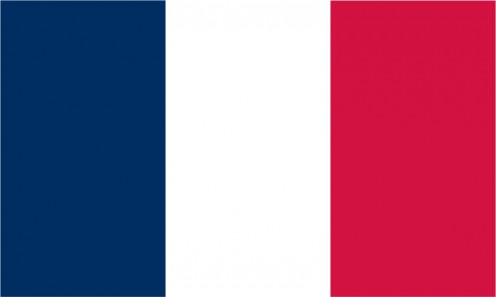
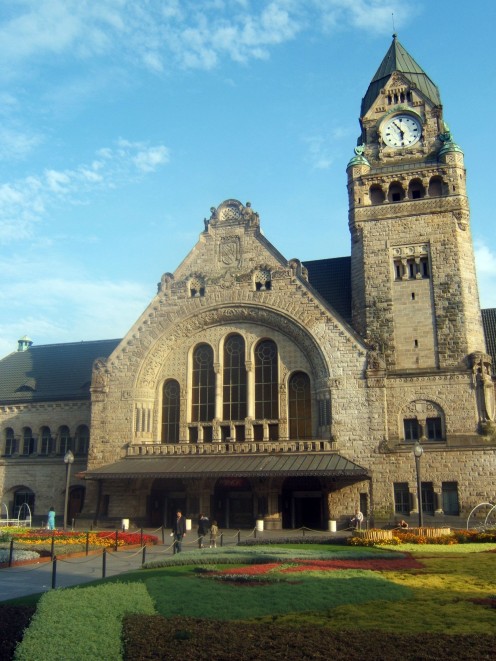
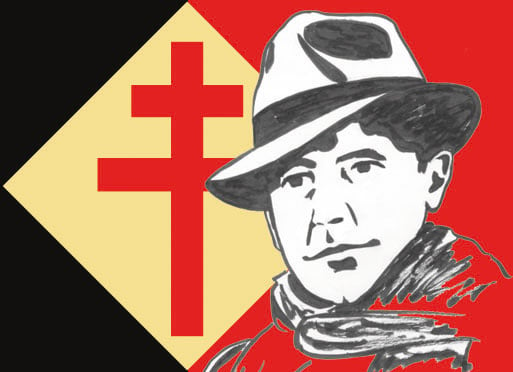
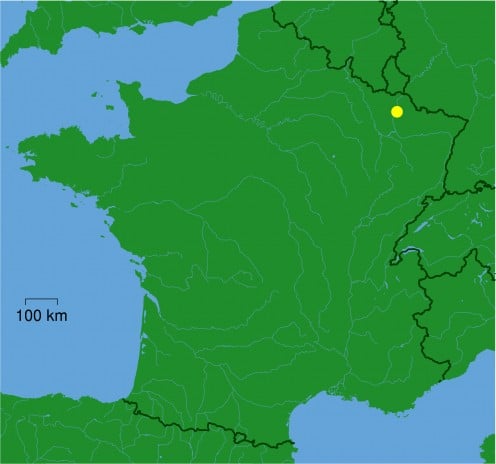
Shades of tumultuous events in Franco-German history
Well, it doesn't particularly look like a French railroad station. More German, in fact, with its imposing, rugged lines and monumental tower.
Historical background to the building's erection
German is, indeed, exactly what it was. The city of Metz, and the department of Moselle, comprised the Lorraine part of the area known as Alsace-Lorraine which was annexed by Germany in 1871, after the Franco-Prussian War, and remained part of Imperial Germany until the end of World War 1. It was from this period that a significant amount of distinctive architecture in eastern France is derived, including the railroad station in Metz (Gare de Metz-Ville ), used by the French railroad company, SNCF .
In fact, Metz's railroad station almost looks like a cathedral. Well, actually, the architect, Juergen Kroeger (1856-1928), of Berlin, did specialize in designing church buildings. The style of Metz's railroad station is described as Rhenish Neo-Romantic. It was built between 1905 and 1908, not long before World War 1. This in itself is significant, because records show that Imperial Germany was already planning for war in this period, and the sheer scale of this railroad station is indicative of facilitating military operations and troop movements.
Kaiser William II of Germany repeatedly passed through the station and in anticipation of his Imperial presence the building exhibits some particularly grand internal furnishings.
Remembering Jean Moulin (1899-1943)
The German authorities departed at the end of World War 1, but were back again in terrifying guise hardly two decades later, after Nazi Germany occupied part of France in 1940 and subsequently the whole metropolitan territory of Vichy-France in 1942.
The vicinity of Metz railroad station was the scene of an important, tragic incident in the history of the French Resistance in 1943. Jean Moulin , previously prefect for the departments of Eure-et-Loir , and Aveyron . But notably he was also President of the National Resistance Council (Conseil National de la Résistance ) and it was in this capacity that he was arrested and tortured by the Gestapo, without compromising his fellow resistants. While being deported to Germany by railroad he died on July 8, 1943 from his injuries somewhere in the vicinity of Metz railroad station. Some sources conjecture suicide as a possible cause of death, although this is not the usual explanation given.
A museum (Musée Jean Moulin ) in Paris is dedicated to his memory. In 1964 his remains were interred at the Paris Pantheon, which occasioned a noted speech by Culture Minister André Malraux . Many French schools are named for Jean Moulin , and he is remembered as a leading French patriot during a particularly dark period of French history. Thus, particularly since the end of World War 2, Jean Moulin has been very widely honoured.
During at least part of World War 2, the status of the French Resistance was less clear cut, at least, in official terms. Until the Liberation of France in 1944, the legal government — at least technically perceived as such — was the collabrationist Vichy government led by Marshall Philippe Pétain , later condemned to death for his crimes (the sentence was commuted). The French Republic's National Assembly (Assemblée nationale ) had voted itself out of existence in 1940, and officially the French government of the day regarded the French Resistance as terrorist (1). Even the US administration of President F D Roosevelt preferred to deal directly with the perceived, technically legal Vichy government of France — until, that is, the Japanese attack on Pearl Harbor brought the United States formally into World War Two against the Axis Powers at the end of 1941. In French institutional terms, therefore, 1944 marked a rather dramatic legal and civic turnaround. The Resistance and the Free French Forces (Forces Françaises Libres ) of General Charles de Gaulle — hitherto deemed terrorist by the collaborationist government of the day — were officially and retrospectively accorded the status of having incarnated the civic virtues upon which post-Occupation governance would theoretically and avowedly be based.
Thus it is that figures such as Jean Moulin and General de Gaulle are sometimes viewed in almost mythological terms, which to some extent remain obscure at least from a strict, legal perspective.
Note
(1) The Nazis and the Vichy-France collaboraionist militia were, of course, themselves terrorist in character.
Also worth seeing
Cathedral of St.Etienne , Metz (distance: 2 kilometres) is an impressive Medieval building in Gothic style.
Temple Neuf , Metz , (New [Protestant] church; distance: 1.9 kilometres), situated on an island in one of the Moselle River channels, dates from the period of German annexation, prior to World War 1.
Nancy (distance: 57 kilometres) has the architecturally outstanding 18th century place Stanislas (Stanislas square), dating from a period when the city was not yet part of France, but ruled by the Duke of Lorraine.
Lac de Madine (distance: 57 kilometres) is an extensive, artificial lake with a surface area of 11 square kilometres, with sizeable recreational and sailing opportunities.
Audun-le-Tiche (distance: 55 kilometres); this town situated on the border of Luxembourg has a Merovingian necropolis museum.
Luxembourg City , Grand Duchy of Luxembourg (distance: 64 kilometres) Included among the numerous visitor attractions of this city are the Adolphe bridge over the Pétrusse valley, the Cathedral, and the Grand Ducal palace.
Nennig , Germany (distance: 58 kilometres); situated on the Mosel River , Nennig has remains of a Roman villa, with a well preserved mosaic.
...
How to get there: United Airlines flies from New York Newark to Paris (Aéroport Paris-Charles de Gaulle ), where car rental is available. (Paris-Metz, distance: 332 kilometres). The French railroad company SNCF maintains services from Paris to Metz. Please check with the airline or your travel agent for up to date information. Please refer to appropriate consular sources for any special border crossing arrangements which may apply to citizens of certain nationalities.
MJFenn is an independent travel writer based in Ontario, Canada.
Other of my hubpages may be of interest
- Visiting Natzwiller, France: sober remembrance of World War Two inhumanity
This concentration camp on French soil, functioning between 1941 and 1944, has been estimated to have been responsible for the deaths of at least 25,000 people. Inmates of this camp included slave labourers,... - Visiting Place Stanislas at Nancy, eastern France: 18th century architectural gem
In the city of Nancy in Lorraine, in what is now eastern France, Duke Stanislas Leszczynski (1677-1766), also King of Poland, created a magnificent square in the years 1751-1755. A statue of the Duke stands in...
